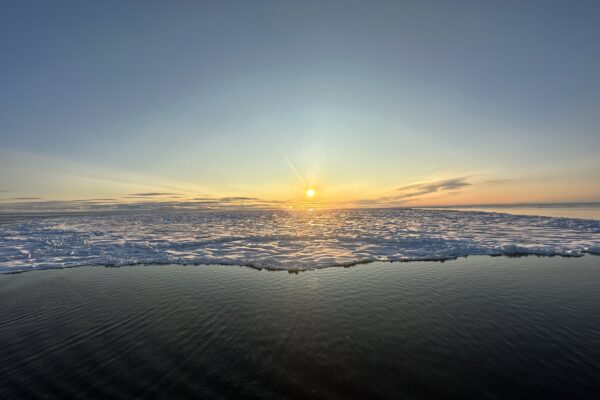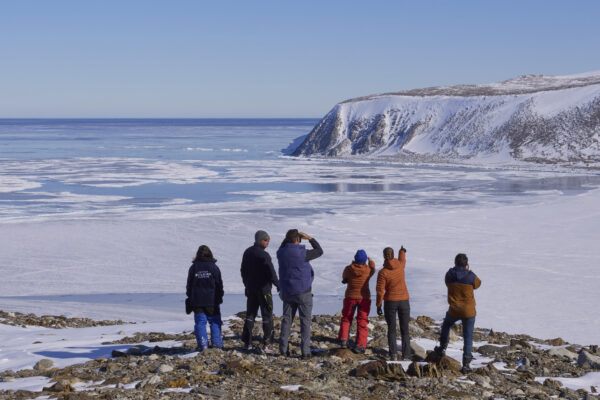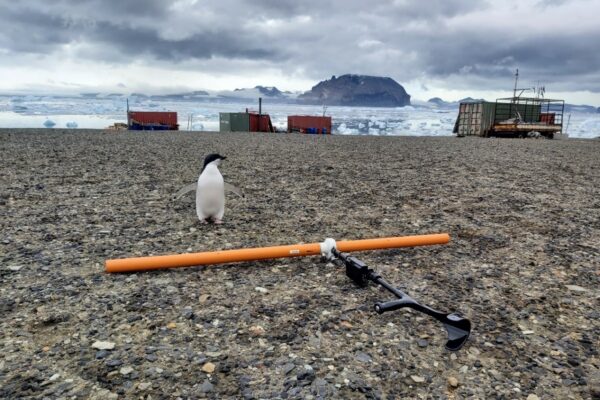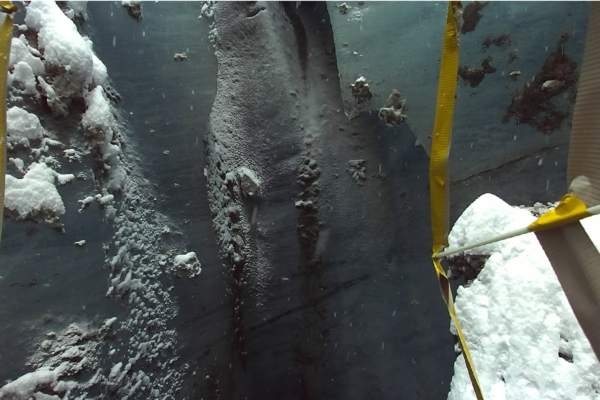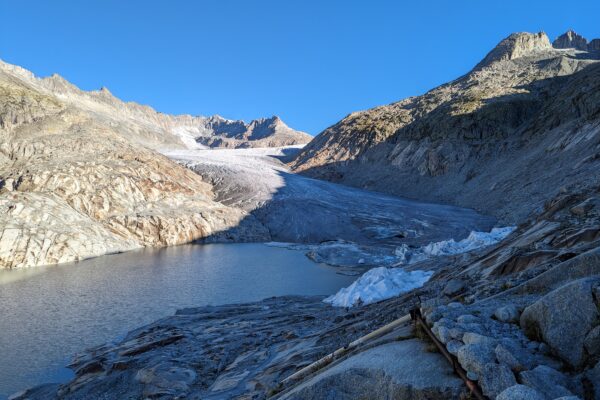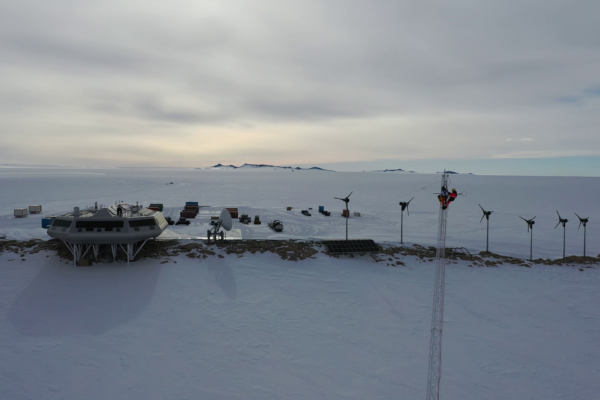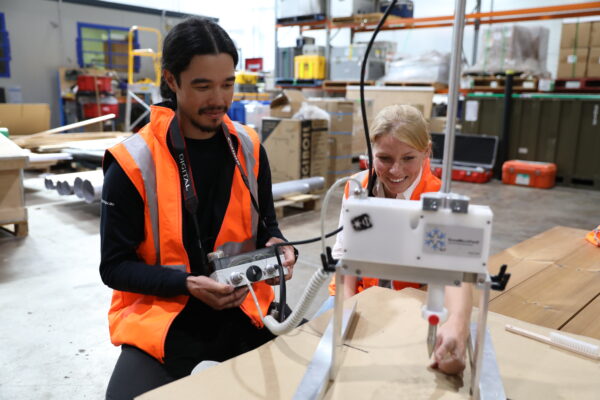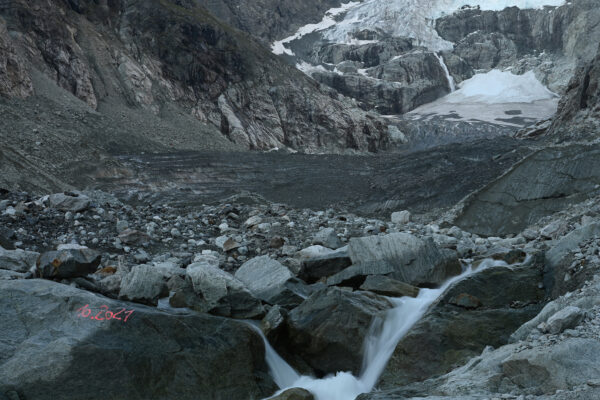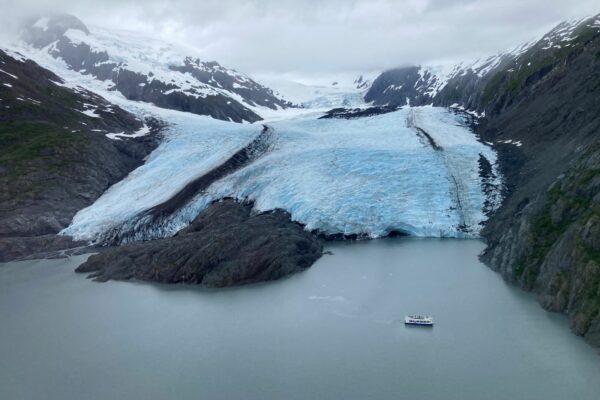In the summer of 2023, we started our project ArcticAir, characterising microbial communities of the Arctic atmosphere. David and Becky were the sampling team. They flew to Reykjavik (Iceland) and boarded the Commandant Charcot, a tourist ship from the PONANT company, for a month-long cruise through the Northwest Passage. The […]
Read MoreFieldnotes
Impressions, anecdotes and experiences from the field. Authors are beneficiaries of SPI funding. The posts present the authors’ reflections of their field experiences.
Fieldnotes from Dome C – Matthias Jaggi
Hi everyone! I’m Matthias Jaggi, a technical staff member of the Snow Physics group of the WSL Institute for Snow and Avalanche Research SLF, and I recently spent a second austral summer at the French-Italian research station Dome C in Antarctica. I set up an experiment with the aim of better […]
Read MoreExploring Extremes: Fieldwork Adventures on James Ross Island and Beyond – Mohammad Farzamian
Our project, ERT-PERM, funded by the Swiss Polar Institute, aimed to install long-term Autonomous Electrical Resistivity Tomography (A-ERT) Monitoring in diverse permafrost regions worldwide. It involved four field trips to different mountain and polar areas, including the Stockhorn mountain in the Swiss Alps, James Ross Island in Antarctica, Yukon in […]
Read MoreModelling Spatio-temporal Transformations of Glacial Moulins – Max Polzin
Moulins are near vertical drainage shafts for surface meltwater in ice sheets. On Earth’s large ice sheets, they can be several hundred metres deep. While we assume they are vertical, we now know that moulins can form complex geometries with the ability to store significant amounts of water. As such […]
Read MoreGlacial water sampling: exploring microbial dynamics on, within and underneath the Rhone Glacier – Gilda Varliero
Glaciers are melting. This is especially true in the Alpine region, which is one of the areas experiencing the fastest rates of ice melting worldwide. As a consequence of global warming, combined with a higher input of water into the outflow system, more organisms are being released into the outflow […]
Read MoreWind energy research in Antarctica – Brandon van Schaik
Going to Antarctica as a renewable energy scientist? Ever since I first visited the Arctic, I dreamed of doing science in Antarctica, but with a study background in renewable energy, I never thought it would be possible. Who would consider using renewable energy in these conditions, right? Well, it turns […]
Read MoreInaugural Mertz Fellowship visit to Hobart, Tasmania, 2023 – Amy Macfarlane
I would like to recognise and pay respect to the deep history and culture of this island, and acknowledge the Muwinina and Palawa peoples, the traditional owners and custodians of the land upon which I conducted my visit; and pay respect to elders past, present and emerging. During my 3 […]
Read MoreArtistic sampling – Maëlle Cornut
Notes from the field, Ferpècle and Mont Miné Glacier, Valais, Switzerland, 2022-2023 2022When I discovered the field on 12 July 2022, I was amazed by the proximity of the Mont Miné Glacier and by the beautiful alluvial zone of Ferpècle. One of our first activities was to hike to the […]
Read MoreDreaming of Fieldwork: Portage Glacier, USA, Summer 2023 – Jane Walden
Sometime last fall, I had a bad dream. I was visiting my field site, Portage Glacier, and checking on the instrumentation that I had – in real life – installed during the summer a couple months prior. In the dream, I took the field computer, plugged in one of the […]
Read More